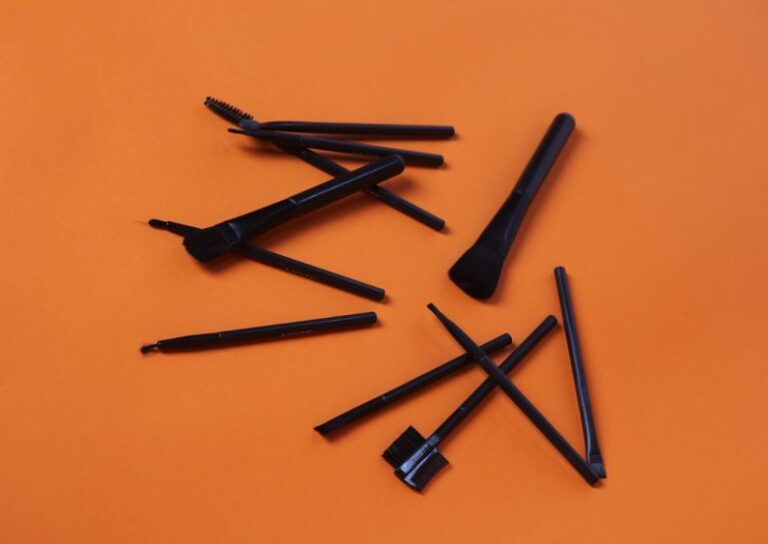
Hamsters are adorable and active pets that require mental and physical stimulation to stay healthy and happy. One essential accessory for your hamster’s well-being is a hamster wheel. However, with so many options available in the market, choosing the perfect hamster wheel can be overwhelming. To ensure your furry friend gets the best exercise equipment, here are some key factors to consider when selecting the ideal hamster wheel.
Size Matters
When it comes to hamster wheels, size is a crucial factor to consider. The wheel should be large enough to accommodate your hamster comfortably as they run. A wheel that is too small can cause back problems or discomfort for your pet. Ideally, the wheel should have a diameter of at least 8 inches for Syrian hamsters and 6.5 inches for dwarf hamsters. Ensure that the wheel is spacious enough for your hamster to run without arching their back.
Solid Surface
Opt for a hamster wheel with a solid running surface. Wire or mesh wheels can pose a risk to your hamster’s delicate feet, causing injuries or discomfort. A solid running surface prevents your hamster’s feet from getting caught, ensuring a safe and smooth running experience. Look for wheels made of solid plastic or metal to provide a secure surface for your hamster to run on.
Noise Level
Hamster wheels can be noisy, especially if they have metal parts that rattle as your pet runs. To ensure a peaceful environment for both you and your hamster, choose a wheel that operates quietly. Look for wheels with enclosed bearings or noise-reducing features to minimize squeaking or rattling noises. A silent wheel will allow your hamster to exercise without disrupting your household.
Safety Features
Safety is paramount when selecting a hamster wheel for your pet. Opt for a wheel with a closed design to prevent your hamster from getting their tail or feet caught while running. Wheels with a solid back wall and no gaps reduce the risk of injury and ensure your hamster’s safety during exercise. Additionally, choose a wheel with a stand or base that is stable and secure to prevent tipping over while your hamster is running.
Ease of Cleaning
Regular cleaning is essential to maintain your hamster’s wheel hygienic and free from bacteria or odors. Choose a hamster wheel that is easy to disassemble for cleaning purposes. Wheels with detachable components or a simple design make it convenient to clean and sanitize regularly. Opt for a wheel that can be easily wiped down or washed to ensure a clean and safe environment for your pet.
Material Durability
Invest in a hamster wheel made of durable and long-lasting materials. A high-quality wheel will withstand your hamster’s daily exercise routine without breaking or wearing out quickly. Choose a wheel that is chew-proof and resistant to gnawing to ensure longevity. Wheels made of sturdy plastic or metal are more durable and will provide your hamster with a safe and reliable exercise accessory.
Choosing the Right Size
Selecting the right size of hamster wheel is crucial for your pet’s comfort and safety. A wheel that is too small can lead to back problems, while a wheel that is too large may take up too much space in the cage. Consider the size of your hamster and the available space in the cage when choosing a wheel. Ensure that the wheel fits comfortably in the cage without obstructing your hamster’s movement or causing overcrowding.
Conclusion:
By considering factors such as size, solid surface, noise level, safety features, ease of cleaning, and material durability, you can select the perfect hamster wheel for your furry friend. Providing your hamster with a suitable wheel will not only promote their physical health but also enhance their overall well-being and happiness. Take the time to choose a high-quality wheel that meets your hamster’s needs and enjoy watching your pet stay active and entertained.





